- sort orderDefault
Photo title, A → Z
Photo title, Z → A
✔ Date created, new → old
Date created, old → new
Date posted, new → old
Date posted, old → new
Visits, high → low
Random - Google Map
- map
 home / Insecta · vabzdžiai / Hemiptera · straubliuočiai / Miridae · žolblakės / Psallus ambiguus · baltaplaukė žolblakė
home / Insecta · vabzdžiai / Hemiptera · straubliuočiai / Miridae · žolblakės / Psallus ambiguus · baltaplaukė žolblakė

-
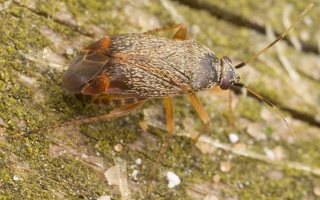 Psallus ambiguus · baltaplaukė žolblakė ♀
Psallus ambiguus · baltaplaukė žolblakė ♀
-
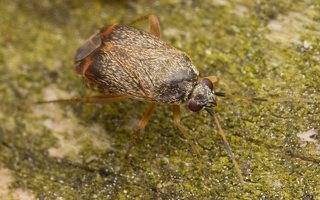 Psallus ambiguus · baltaplaukė žolblakė ♀
Psallus ambiguus · baltaplaukė žolblakė ♀
-
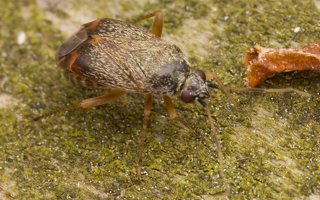 Psallus ambiguus · baltaplaukė žolblakė ♀
Psallus ambiguus · baltaplaukė žolblakė ♀
-
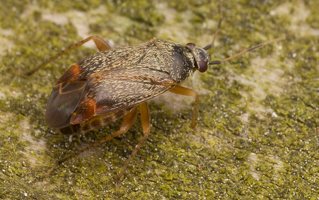 Psallus ambiguus · baltaplaukė žolblakė ♀
Psallus ambiguus · baltaplaukė žolblakė ♀
-
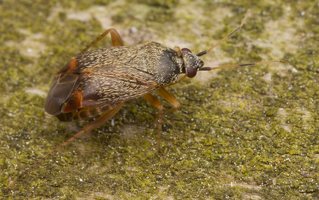 Psallus ambiguus · baltaplaukė žolblakė ♀
Psallus ambiguus · baltaplaukė žolblakė ♀
-
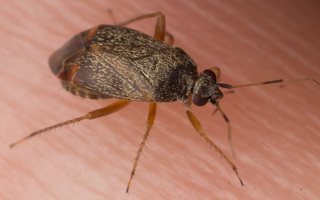 Psallus ambiguus · baltaplaukė žolblakė ♀
Psallus ambiguus · baltaplaukė žolblakė ♀
Psallus ambiguus · baltaplaukė žolblakė
- erakkosuomulude
- baltaplaukė žolblakė
- Loofdonswants
- britishbugs.org.uk/heteroptera/Miridae/psallus_ambiguus.html
- de.wikipedia.org/wiki/Psallus_ambiguus
- insektarium.net: Psallus spp.
- gbif.org/species/8179641
The species is widespread in Europe, south to the north of the Mediterranean region and east to Asia Minor and the Caucasus region. It inhabits dry and moist habitats with more or less strong shade.
The 1st antennal segment is black and the 3rd segment pale. The 2nd segment is black in males, but partly pale over the basal half in females.
Species identification of Psallus based on external features is often difficult and frequently impossible. However, the hostplant can be informative, and may narrow down the range of possibilities. Psallus ambiguus lives on many different deciduous trees, but prefers Rosaceae, such as apples (Malus), hawthorns (Crataegus), pears (Pyrus), blackthorn (Prunus spinosa) and rowan trees (Sorbus aucuparia). They are less commonly found on alders (Alnus), willows (Salix), birches (Betula), oaks (Quercus) and others. They are also predatory and are therefore considered beneficial in fruit growing because they control spider mites , aphids , psyllids and also butterfly caterpillars. The nymphs can be observed from late April to early May, the adults from late May to early August.